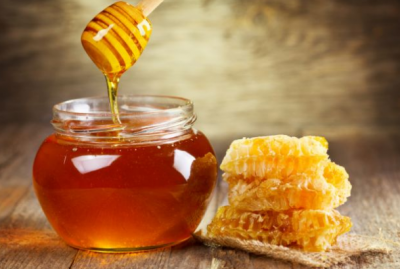Description: The Mel do Parque de Montesinho PDO is a wild flower honey made by the Apis mellifera Iberica species of bee. The nectar comes from the natural vegetation which is predominantly heather, chestnut and rosemary.
Production method: No artificial feeding, movement of hives, use of chemicals or the introduction of other species of bee from other regions is permitted. Very often it is the bee keepers themselves who select their bees.
Special features: The distinctive taste and aroma of Mel do Parque de Montesinho PDO is owed to the particularity of the conditions in the Montesinho Natural park, where no agriculture is permitted that interferes with the natural, native flora. Situated in the region of Trás-os-Montes (north east Transmontano) and the northern part of the municipal areas of Bragança and Vinhais, part of the so-called Terra Fria Transmontana, it is characterised by temperatures that vary from minus 12 °C in winter to 40 °C in summer. The park includes two mountains, Serra da Coroa in the west and Serra de Montesinho in the east which also influences the abundant natural vegetation.
Production area: Mel do Parque de Montesinho PDO is made in the municipal areas of Bragança and Vinhais, in the Bragança district.
History: The history of Mel do Parque de Montesinho PDO honey has a long tradition. In fact documentation exists that relate how, in the past, it was traditional for the beekeepers of the Trás-os-Montes region never to sell their swarms and only ever, when necessary, exchange them between themselves. Testament to this tradition can be seen in this proverb: "Colmeias e ovelhas: nem comprá-las nem vendê-las" (bees and sheep: don't buy them or sell them).
Product specification (pdf)
Producer group
Agrupamento de Produtores de Mel do Parque, Lda.
Control and certification body
Publication in EU official journal
Regulamento (CE) N.º 1107/96 da Comissão de 12.06.1996 – L 148/1
Publication in the Portuguese official journal
Aviso n.º 2506/2005, de 11 de março
Despacho n.º 25/94, de 04 de fevereiro



